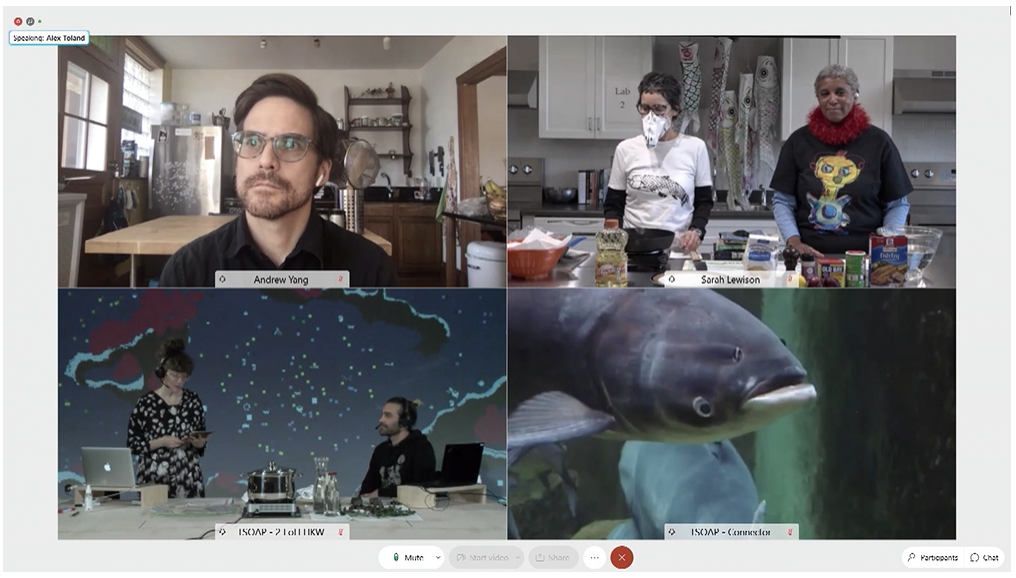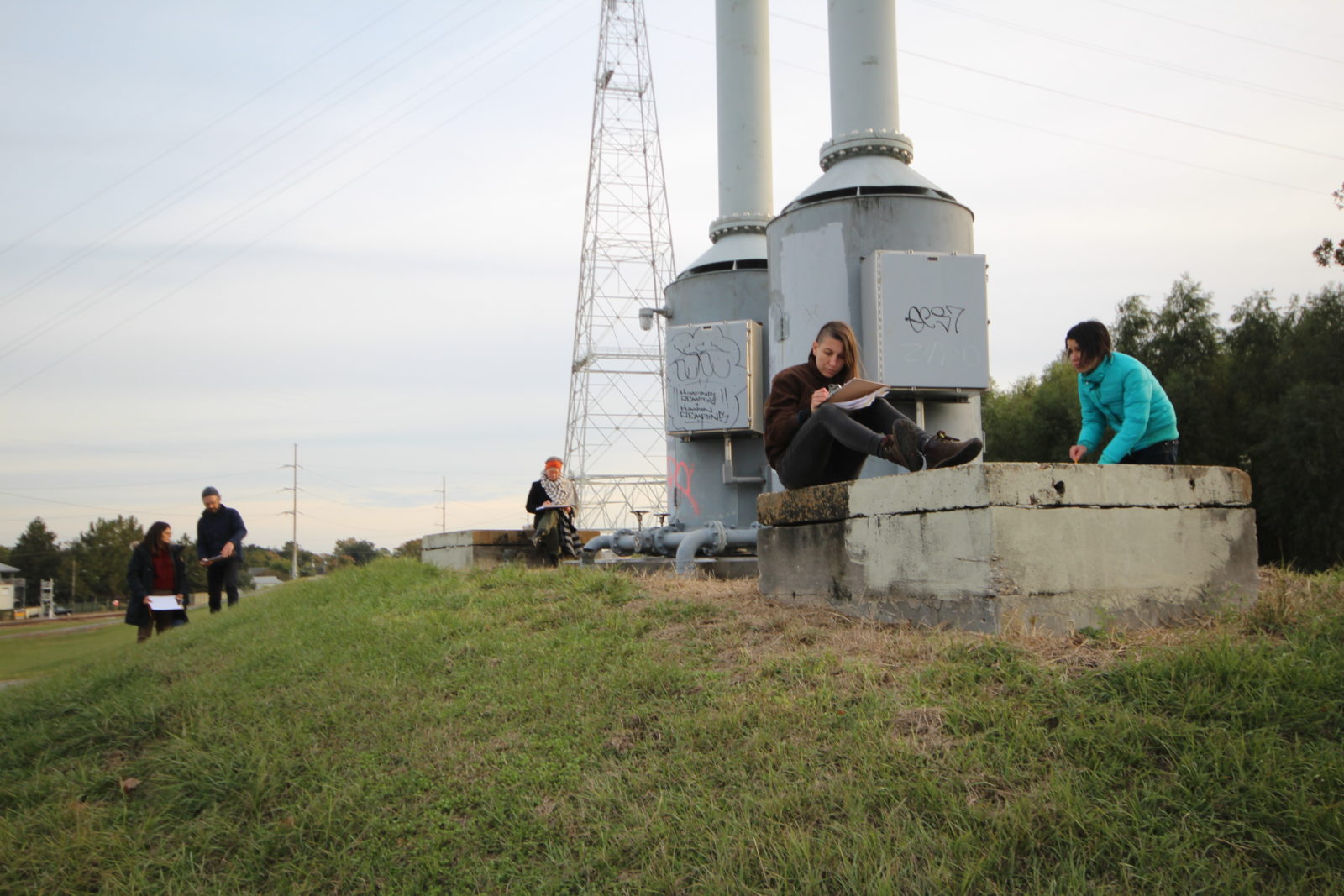On September 20-22nd, 2024, we held our first Community Harvest Camp at Long Lake Conservation Center. This environmental learning center in rural Aitkin County, Minnesota, typically serves K-12 students and other groups, who come to the area to learn about nature and the value of spending time outdoors.
At our Community Harvest Camp, outdoor experiences (canoeing, camping, hiking in the woods, cooking on a campfire) were offered alongside harvest activities such as parching and winnowing manoomin or wild rice, making sauerkraut and preserving food for the winter, and harvesting plants for use as medicine or in art-making activities.
A group of about 60 college students from Macalester attended together, many of them visiting this region of northern Minnesota, which is Anishinaabe treaty territory, for the very first time. The weekend also was an informal meet-up for organizers and advocates who are part of the Rise & Repair Alliance, or who are working on issues of clean water and climate justice at the statewide level.
These are just a few pictures from the day’s activities…
Learning In Place: A Community Harvest Camp Reflection
by Shanai Matteson October 07, 2024
When I was in my early thirties, working as an artist and cultural organizer between a bunch of arts and environmental advocacy groups in Minneapolis-St. Paul, I was fortunate to meet one of my mentors.
I didn’t know she was my mentor at first, but looking back, I realize I have to begin this reflection on our recent Community Harvest Camp by acknowledging her leadership and guidance, which are still shaping who I am and what I’m doing in the place where I live.
It was media artist Mona Smith (Sisseton-Wahpeton Dakota) who first introduced me to the practice of “healing place” through culture and story when she invited me, a non-native artist and community organizer, to join the Healing Place Collaborative.
This Indigenous-led group was focused on learning from Dakota land and lifeways how to heal water, community, and place.
The Healing Place Collaborative grounds its approach to repairing relationships in the Dakota concept of ‘bdote.’ This word means a confluence of waters – in this case, the Mississippi and Minnesota rivers – but also confluence in general. We encourage a confluence of interests among people who recognize the River is important to creating a healthy community, and that a community-wide effort is needed to heal our River.
In conversation about the origins of Healing Place Collaborative, Mona spoke of a vision she’d had of Dakota people and others gathered near Haha Wakpa, or the Mississippi River. They were learning in place, with Dakota language and lifeways at center, and with “place” as much more than a subject or even a classroom. Through that learning, they were healing their relationships, and healing land and water too.
I still remember the profound lessons of that circle.¹ Mona and other Indigenous and allied artists, academics, scientists, organizers and healers would gather for regular meetings at a community center just off Franklin Avenue in South Minneapolis. It still seems strange to call them meetings, as we never had an agenda or a notetaker, but we always had good food to eat, lots of room for conversation and laughter, and Mona’s encouragement to feel our way through the complex and challenging practice of learning through differences in experience.
Mona’s sense of humor and her commitment to Dakota place and culture were always present. And in that circle, we would just visit, sharing about our lives and our work and our families, our struggles and our dreams.
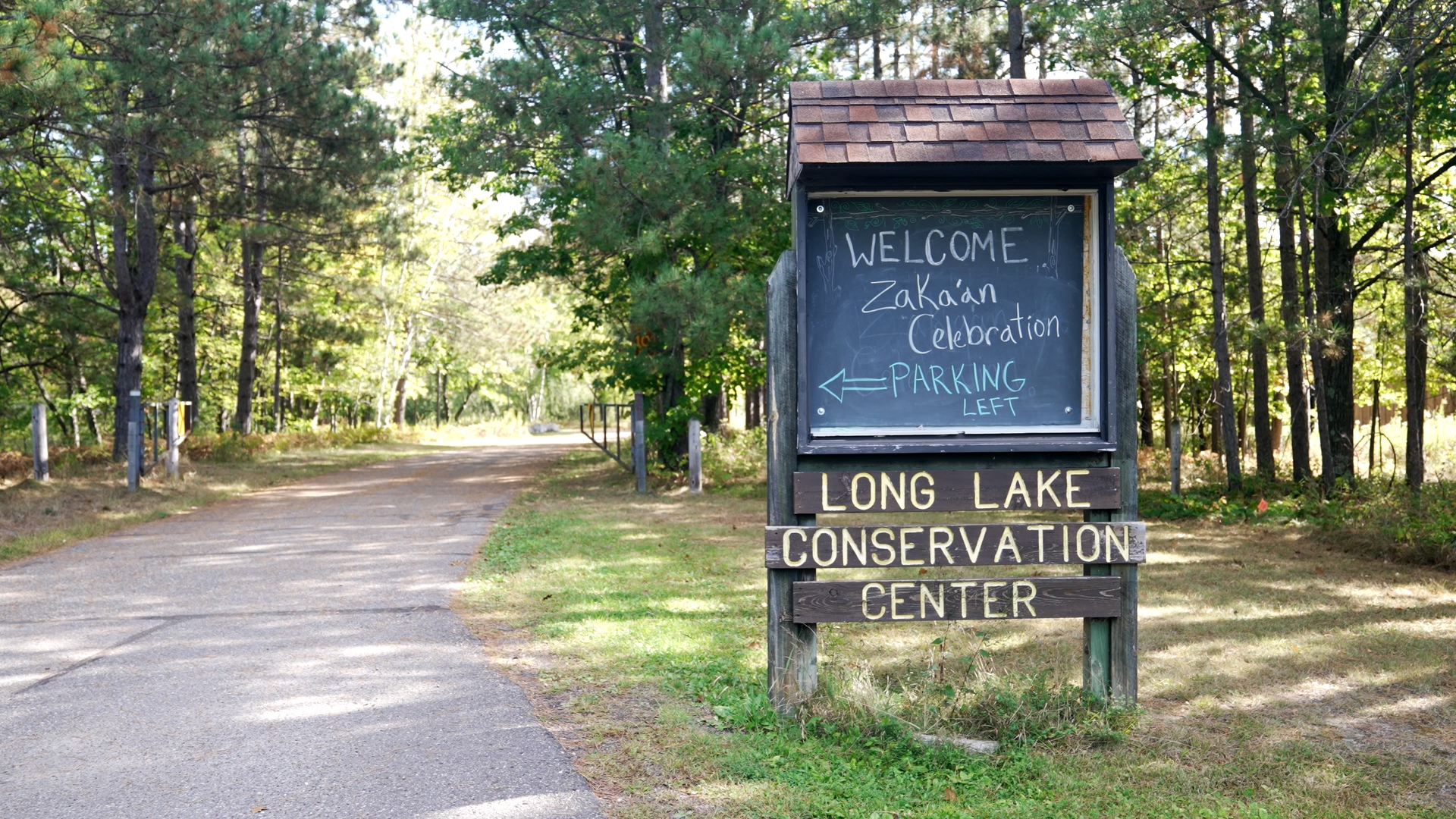
My children were both born during that time. The Standing Rock protests happened. When Trump won the 2016 election, I remember sitting in that circle as others with much more life experience than me spoke about prophecies, and how the veil was being lifted to reveal the violent and colonial underpinnings of so much of our culture and our experience, whether we recognized it or not.
After a couple of years of visiting, we began to know our connections with one another and with our shared River, and we were ready to work together on creative and cultural teaching and learning projects.
The pace of things was slower than I’d become used to when working in and out of institutions. Whether they were colleges, government agencies, or nonprofits – most of the spaces that I was working in as an organizer were structured in a very colonial way, with grant-dependent programs and timelines and budgets, and a way of treating people and knowledge as an extractible resource.
I grew to appreciate Mona’s insistence on the fundamentals of being a good relative. “Start with relationships,” she would say. “Take time to just visit.”
In gentle but encouraging ways, we were learning how to regard one another and the places we live through the Dakota worldview of Mitakuye Owas’iƞ, or “we are all relatives.” It was this slower pace that allowed us to go deeper with this concept, and to create projects that explored our growing edges.
I no longer work with Mona or Healing Place on a regular basis, but she continues to inspire me, and I am still gathering with artists and organizers around Haha Wakpa (Dakota) or Gitchi Ziibi (Anishinaabe), also known as the Mississippi River.
I grew-up in and around lots of water, in the rural community of Palisade, near the confluence of the Willow and Mississippi – Anishinaabe treaty territory.
In 2020 I moved back to this community from Minneapolis.
In one version of my story, I say it was the Line 3 oil pipeline – which crosses the Mississippi near Palisade – that compelled me to come home, but it was actually something like Mona’s vision of healing in place.
I witnessed some incredible acts of courage, resistance, and cultural healing while living in the Twin Cities, and my connections with Dakota and Anishinaabe artists were so vital to my understanding of what it meant to be living in that place as a settler, to be accountable, and to also strive to create learning and healing spaces.
I began thinking about what cultural organizing and place-based learning might mean for the place I knew as home, especially in the face of ongoing threats from multinational corporations that planned to extract or pollute in this territory.
Thousands of people came to this place in 2020 - 2021 to be part of the movement to stop the Line 3 oil pipeline, taking part in protests, resistance camps, mutual aid networks, and direct actions – and also, learning in place.
While I understood the necessity and urgency of these organizing strategies in the face of a pipeline that was being built, I also desired a learning and healing place that would outlast the campaigns to stop any single threat.
I wanted to learn, and heal, in the place I knew as home – not as a tourist, but as someone committed to the place and the people – committed to their future well-being.
I learned a lot of things in these efforts, and among the lessons I learned: It’s very hard to do grounded cultural and community-based organizing work in the kinds of movement spaces that often emerge during frontline struggles. And, it’s hard to make and keep healthy relationships, much less heal them, amid so much active trauma and stress. My gratitude to Michael Lynn Wellman for delving into this topic in his dissertation on the traumas of activism, specifically the essays "The Aftershock of Standing Rock, Miserable Militancy in Canyon Country, and The Wounded Warriors of #StopLine3" and the piece "A Note on Divisions," which provides some insight into the movement splintering that often happens following frontline struggles.²
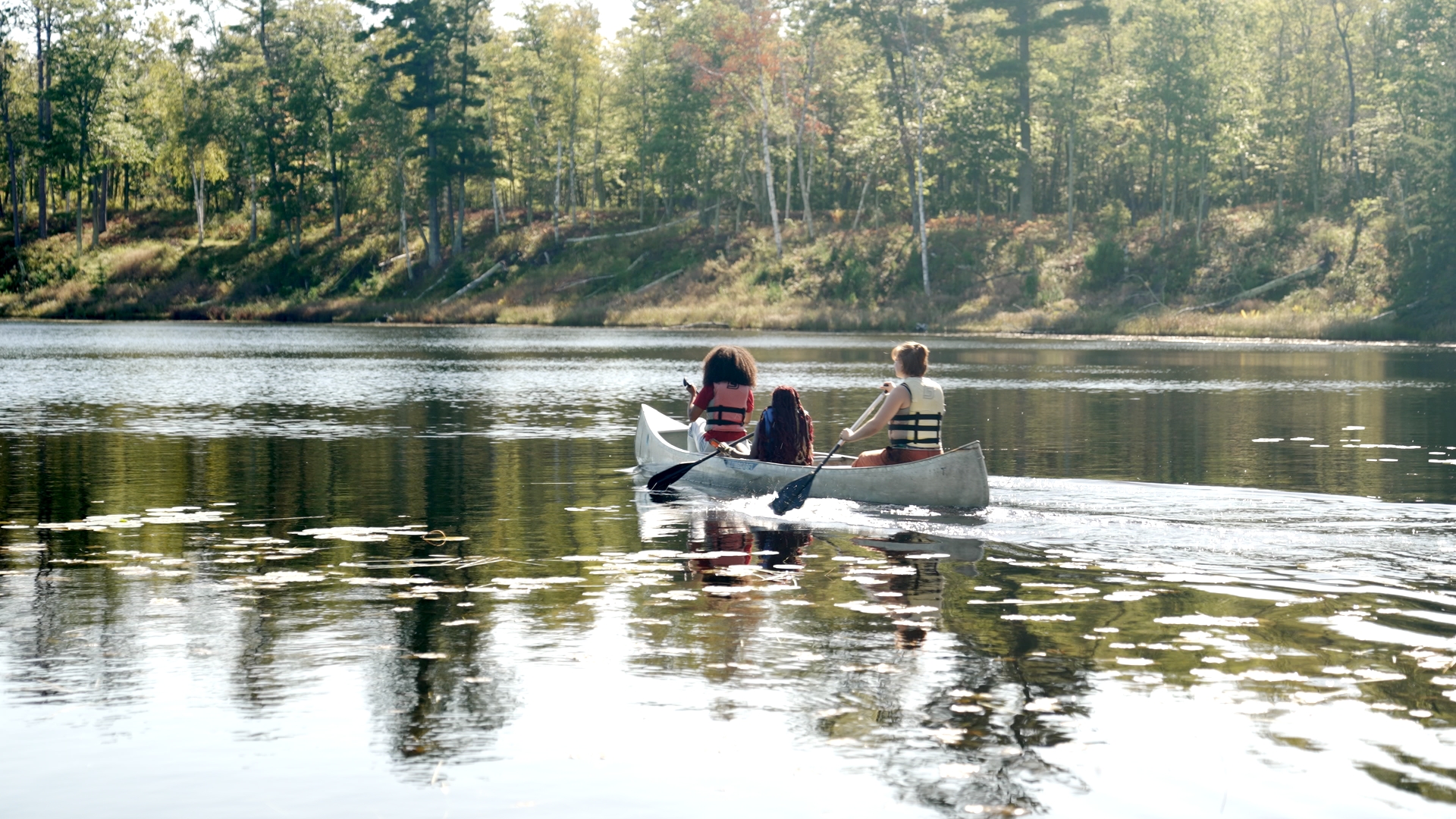
This year, I am in transition. I’m still working on creating spaces and places where others in my community can learn and connect, and where we can build our relationships with one another and our places at a pace and in a way that isn’t only a reaction to the latest threat.
I’m now working with artist Annie Humphrey (Leech Lake Band of Ojibwe) to develop an arts and cultural organizing collective, Fire in the Village, to carry on some of this arts work in our region. I was also invited to join Macalester College as an adjunct educator & artist-organizer in residence, developing learning opportunities for students that put them into direct conversation with Indigenous and environmental justice organizers in frontline communities, including in rural places like the place I grew-up.
It’s through these new roles that I helped to organize the recent Community Harvest Camp.
We invited college students from Macalester, environmental justice organizers from across Minnesota, and local community members from Anishinaabe treaty territory or rural Aitkin County to gather for learning and connecting with the harvest season.
It was our first time gathering like this at Long Lake Conservation Center, an environmental learning center that typically serves K-12 student groups. The nature educators at Long Lake were flexible, working through ideas with us to utilize their space for a different kind of outdoor learning. Several folks from Long Lake even joined us for activities.
Many of the college students who camp up north were new to our region, and had never been to a place where they could hop in a canoe, hike through a peat bog, camp under the stars, and sit around a campfire learning about ways that Native and rural communities, as well as movement communities, connect with these lands and waters, and organize to protect them.
Local land and water stewards, farmers, scientists, artists and Anishinaabe culture bearers joined us for a Fire in the Village art & music concert on Friday eve, then spent Saturday gathering around harvest activities that could deepen our understanding and connection with this region.
Those activities included learning some of the steps of traditional manoomin harvest from Morningstar and Harvey Goodsky, Anishinaabeg from the Rice Lake Band and East Lake community.
We also learned about the threat of the Rio Tinto/Talon Metals nickel mine from Tania Aubid (Anishinaabeg from the village of East Lake, and a Mille Lacs Band member) and the Mille Lacs Band’s Water Over Nickel campaign; About efforts to reseed manoomin and advocate for the rights of manoomin from Leanna Goose, a Leech Lake tribal member and organizer with the Rise & Repair Alliance, who invited students to pack green rice into mud balls, and to help actively replant – or heal – manoomin beds in our region.
Lynn Mizner, the proprietor of Chengwatana Community Farm, a regenerative farm near the Willow and Mississippi River confluence, talked to us about food sovereignty and farming while teaching us to make sauerkraut.
Rory Wakemup (Bois Forte Band) and his brother Justin helped us create the infrastructure for a weekend harvest camp, while sharing about other Anishinaabe and Dakota harvest traditions, and efforts to create spaces for people with physical disabilities to get out into the woods, so they could also harvest rice or fish or hunt near the Boundary Waters Canoe Area Wilderness, in 1854 treaty territory.
Activists and organizers who were part of the Stop Line 3 movement led a visit back to the Line 3 corridor, others convened small group discussions around art activities, or in boats and on bog walks, where they met some of the plant communities that make this such a unique and vital ecology.
There were definitely moments when I wish we had organized or paced things a little bit differently, or found better ways to invite people to create the space or help with tasks – and I was disappointed in my own ability to focus with so much going on – but overall, it was a successful gathering, and I heard as much from many of the attendees.
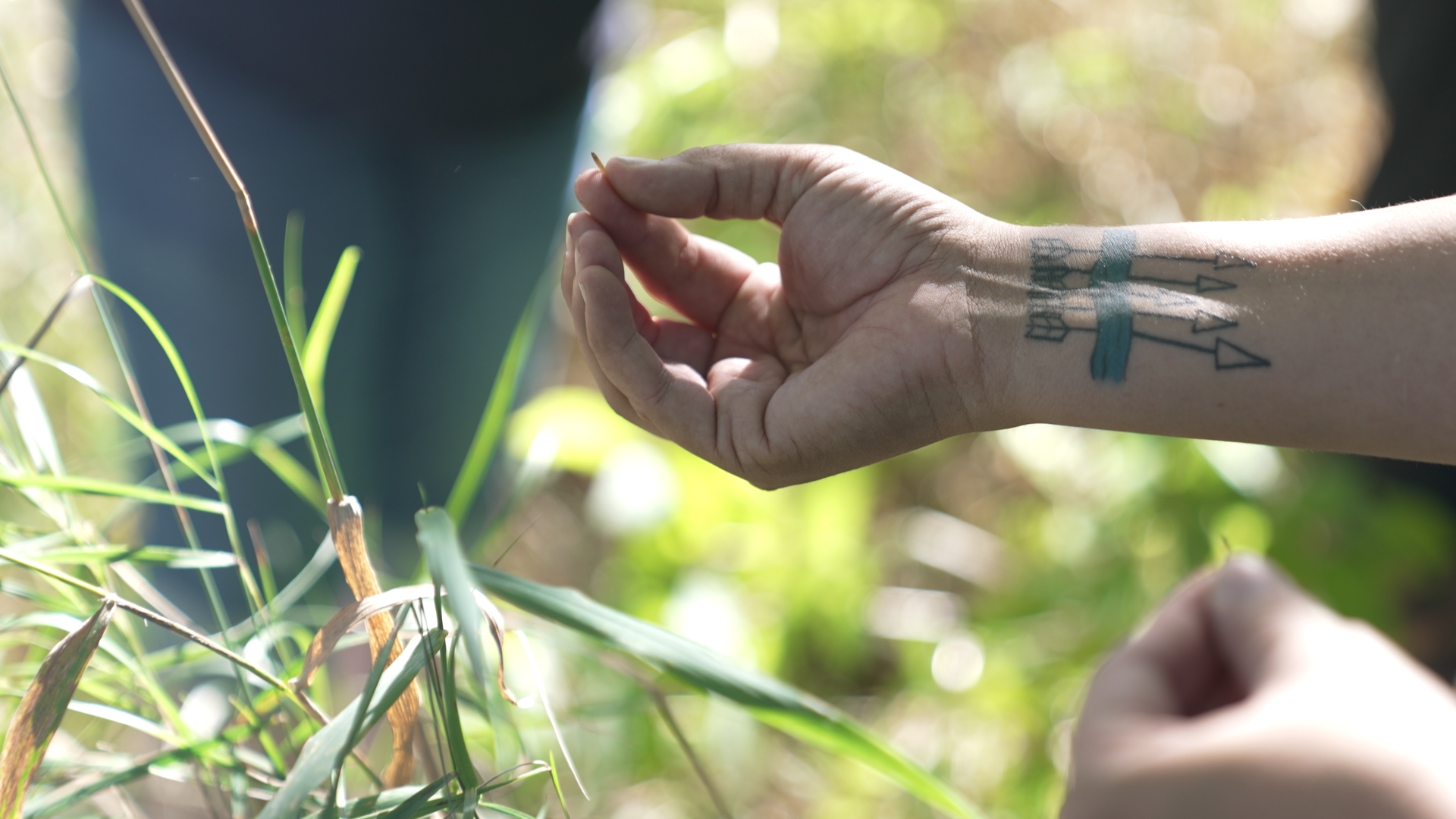
Though we were focused on harvest traditions, I encouraged our teachers from Indigenous and local communities to speak as honestly as they felt comfortable speaking about how important harvest is to them, including the challenges they face with respect to environmental degradation, treaty rights and responsibilities, economic development and climate justice, and even some of the ways some in the climate movement have been extractive or have deepened conflicts in our communities.
We heard really encouraging stories about communities working together, and we also heard stories of environmental racism, local climate impacts, and the struggles many face here just trying to put food on their tables or to find affordable housing.
These conversations happened while learning in and from place, and this made all the difference. As Mona taught me back in the Healing Place Collaborative, we should always start with relationships. It’s important that we not only learn about Indigenous communities and their concerns, but that we learn with them, and from that place of grounded knowledge, seek better ways to organize in solidarity.
It’s becoming more commonplace to begin gatherings with a land acknowledgement, for example, but what are each of us and the groups or institutions we represent actually doing to repair our relationships with Indigenous communities and places, to listen and stand with Indigenous people, to support landback efforts, or to resist new colonial projects?
And, how do we relate to rural communities, when so much of our environmental research, organizing, and advocacy happens at a computer, or in a context removed from the lived realities of rural places – which are often considered peripheral or as zones of extraction.
These were some of the things we discussed, and although we didn't have as much time together as I would’ve liked, I heard from students and others that they made real and powerful connections on this short trip, and had some experiences that they won't soon forget.
As organizers, we gathered in smaller groups after most people left, to share about our efforts in our local communities and statewide to prioritize clean water and climate justice, and to encourage more sustainable and just rural economies. I was heartened to learn in this circle just how many other organizers are wrestling with these complexities and contradictions, and desire more of this slow time together on the land and in our places.
We’ll be following up with everyone who shared their contact information with us, to find ways to continue evolving these gatherings. We’re also beginning to work now on some longer-term cohort learning opportunities specifically for community organizers and activists working on green capitalism or climate justice in our region.
Thank you to Macalester and the Mellon Foundation for the support to organize programs like this, Long Lake Conservation Center for hosting us, scientists from The Nature Conservancy and elsewhere that joined us too, and the Rise and Repair Alliance for bringing a focus on statewide policy and encouraging organizers from the Twin Cities climate space to join us up north. Organizer Joseph Mogul also did a lot of heavy lifting to make the weekend possible, and wrote a powerful reflection that I encourage others to read. I close by acknowledging the past generations of struggle and solidarity that inform our work on harvest camps and this strategy of knowing and building relationships with place, in order to build more durable movements. A particularly valuable resource is Zolton Grossman's book Unlikely Alliances: Native Nations and White Communities Join to Defend Rural Lands.
Some of those lessons were recorded in an exchange for Open Rivers Journal: https://openrivers.lib.umn.edu/article/healing-place-collaborative/
Michael Lynn Wellman's dissertation is shared as a PDF here with the permission of the author.














